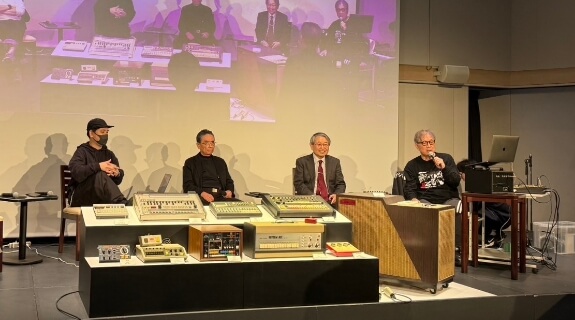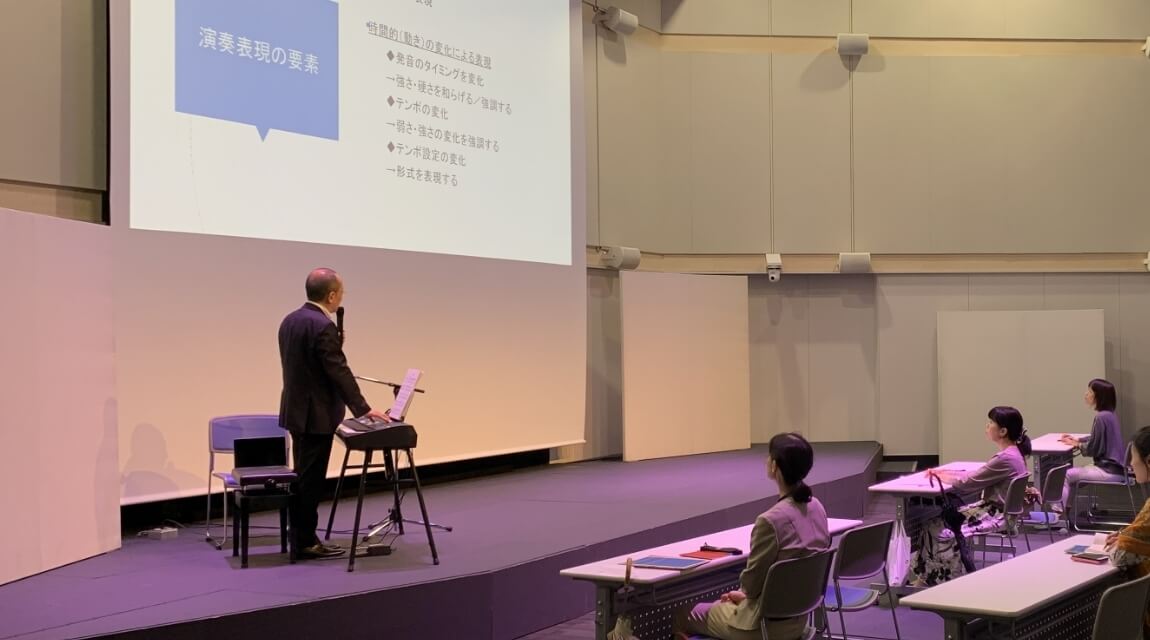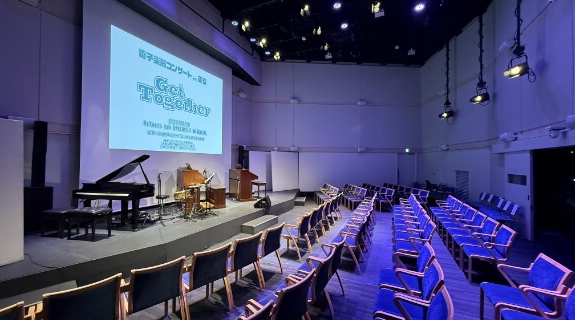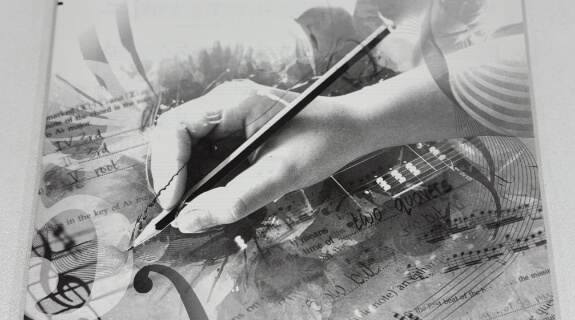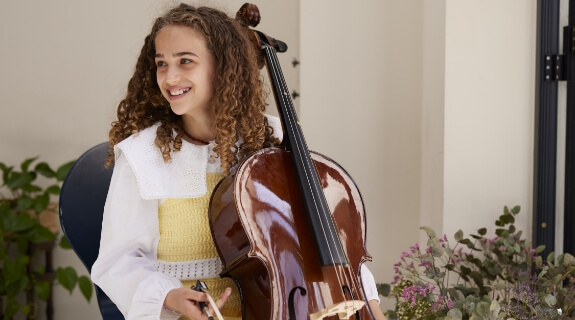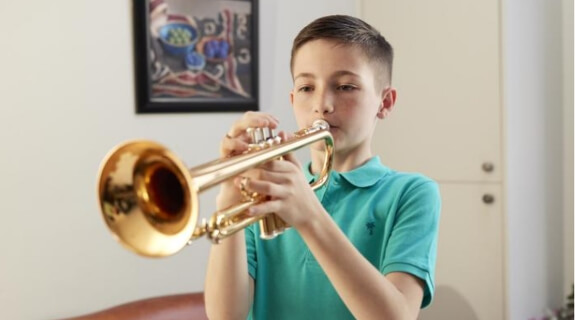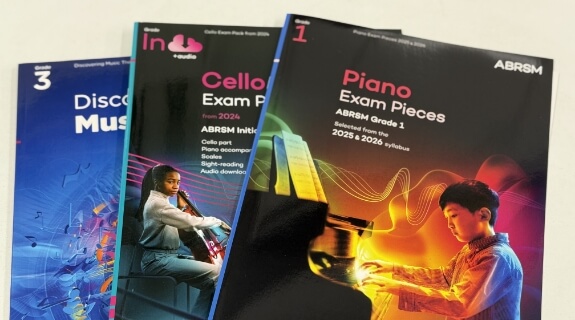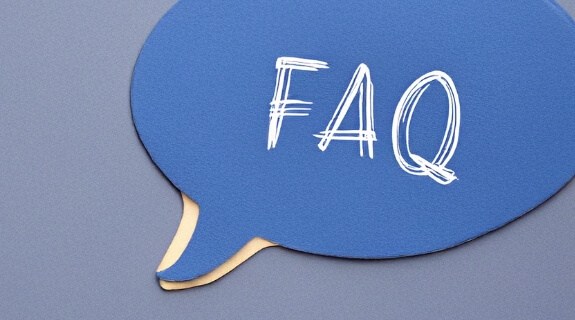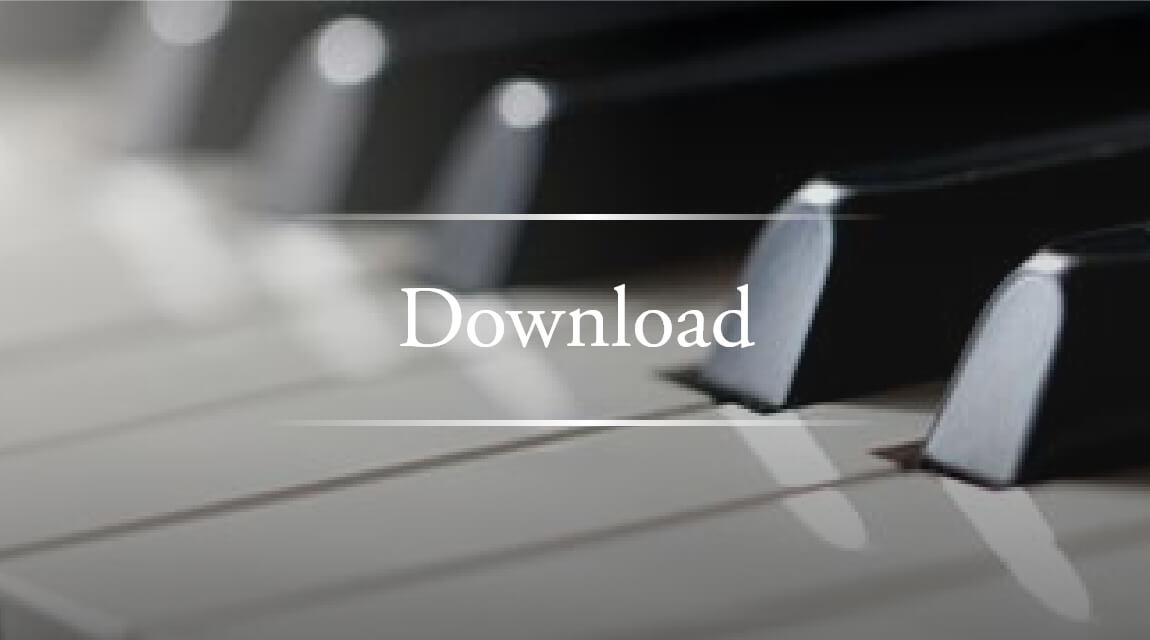英国王立音楽検定(ABRSM)
テキスト正誤表
【Discovering Music Theory】
Discovering Music Theory Grade 1 Answer Book
Page 26, Exercise 3 c: the correct answer is a G on the bottom line, creating a triad of G major.
Page 28, Exercise 4: fine means ‘the end’ (not ‘repeat from the beginning’).
Discovering Music Theory Grade 2 Answer Book
Page 1, Exercise 2 b: the answer should match the three-note exercise in the Workbook, and read ‘BAG’ (not the extended ‘BAGGED’).
Page 24, Exercise 1 a: the correct answer is ‘The music should be played very quietly and in a singing style’ (not ‘The music should be played very quietly and sweetly’).
Page 29, Exercise 3.5: this should be numbered ‘2.4’ (not ‘3.5’).
Page 30, Exercise 3.7: the first and fifth boxes should be selected, not the third and seventh.
Discovering Music Theory Grade 3 Workbook
Page 3, Exercise 3, top row, second from left: this example will be reprinted as a semiquaver note followed by two semiquaver rests.
Discovering Music Theory Grade 3 Answer Book
Page 2, Exercise 3, top row, second from left: this example will be reprinted as a semiquaver note followed by two semiquaver rests.
Page 5, Exercise 10 b and c: these musical examples should match the examples found in Discovering Music Theory Grade 3 Workbook (where the notes are grouped correctly).
Page 10, Exercise 8 a: the final quaver rest is correct.
Page 12, Exercise 2 f: answer book should still state ‘F’ (not ‘A’).
Page 25, Exercise 3 b: the second interval is a minor 3rd (not a major 3rd), and the third interval is a minor 7th (not a minor 2nd).
Page 28, Exercise 4 c: the lower note (C sharp) should be highlighted, not the middle note (E natural).
Discovering Music Theory Grade 4 Workbook
Contents page (Chapter 4: Keys & Scales Part 1); this should read ‘the keys and scales of B major and D flat major’, not ‘D flat minor’.
Discovering Music Theory Grade 4 Answer Book
Page 21, Exercise 4 b: the penultimate note (A sharp) should also be circled.
Page 26, Exercise 6 c: the second answer should be minor 7th (not diminished 7th).
Page 30, Exercise 3 h: the correct answer is B major (not B minor).
Page 36, Exercise 3 b: the correct answer is douce (not dolce).
Discovering Music Theory Grade 5 Answer Book
Page 13, Exercise 8 d: the penultimate note is correct.
Page 16, Exercise 5 d: the tonality should be ‘major’ (not ‘minor’).
Page 20, Exercise 4 j: the correct answer is A flat (not A double flat).
Page 31, Exercise 8 a: the final chord is IVb (not Vb).
Page 31, Exercise 8 c: the final chord is IVa (not IVc).
Page 40, Exercise 2 c: the correct answer is ‘cello’ (not ‘flute’).
Page 47, Exercise 6.1: cantando means ‘singing’ (not ‘resonant’).
【2020 Music Theory Sample Papers & Model Answers】
Music Theory Sample Papers, new format, Grade 2
Paper A
Page 8, Question 3.9: this question should read, ‘… complete the scale of E harmonic minor’ (not ‘E major’).
Paper C
Page 25, Question 4 j: the answer options should read 4th, 5th, 6th, 7th.
Music Theory Sample Papers, new format, Model Answers, Grade 2
Paper A
Page 5, Question 3.9: the correct answers are C and G (not C sharp and G sharp).
Page 7, Question 6: ritenuto means ‘held back’ (not ‘gradually getting slower’).
Music Theory Sample Papers, new format, Grade 4
Paper A
Page 13, Question 7.3: the second option should not have a tenuto on the final note.
Music Theory Sample Papers, new format, Model Answers, Grade 4
Paper A
Page 8, Question 7.3: the second option should match that in the Sample Paper.
Music Theory Sample Papers, new format, Grade 5
Paper C
Page 26, Question 2.4: second note of bar C is F (on second ledger line).
Music Theory Sample Papers, new format, Model Answers, Grade 5
Paper A
Page 8, Question 3.9: this question should read, ‘… complete the scale of E harmonic minor’ (not ‘E major’).
Paper C
Page 25, Question 4 j: the answer options should read 4th, 5th, 6th, 7th.







